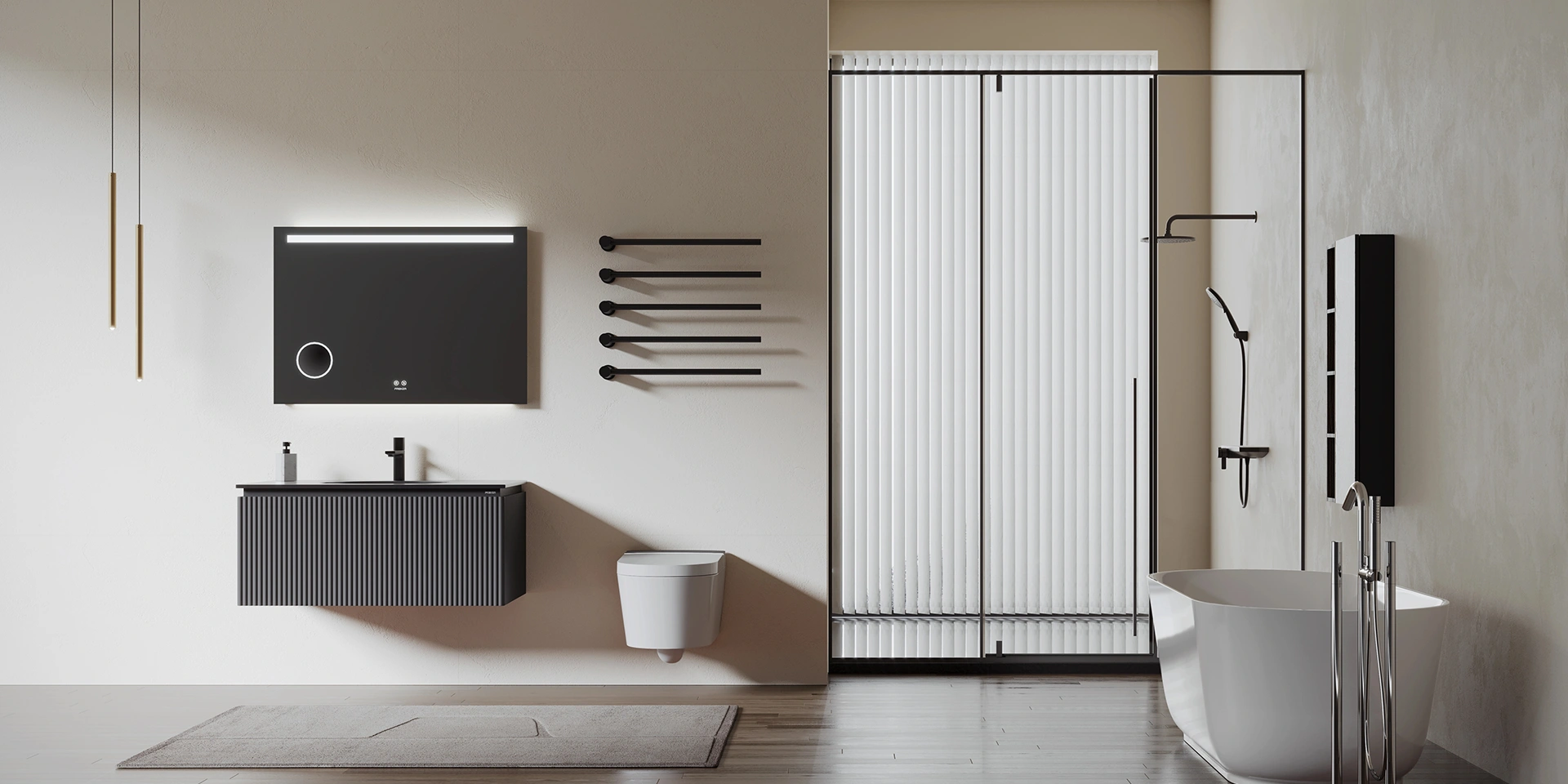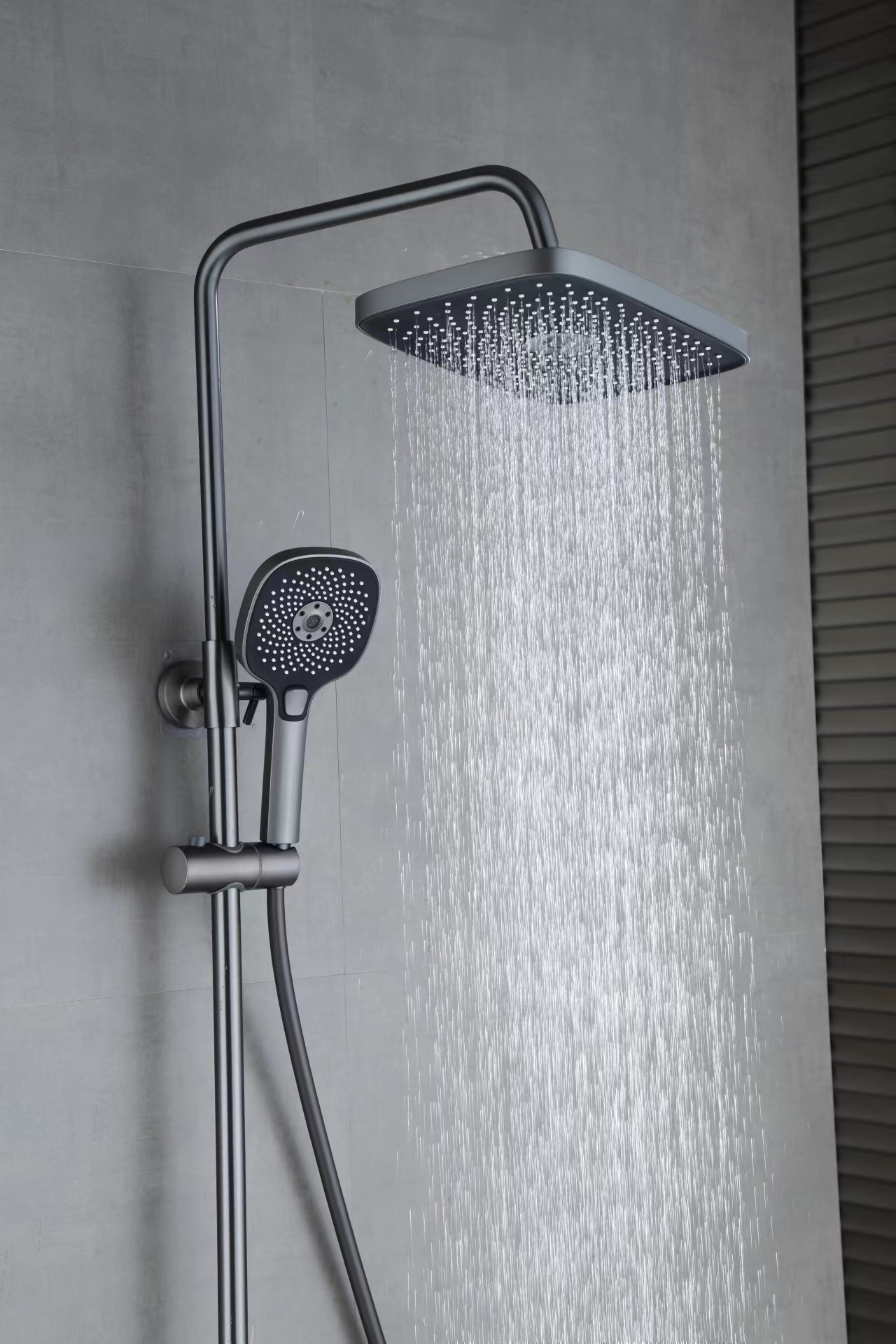Enhancing System Resilience with Partition Side Inlet Valves: The Ultimate Guide
Release time:
2025-05-24
Enhancing System Resilience with Partition Side Inlet Valves
Table of Contents
- Introduction to Partition Side Inlet Valves
- Understanding System Resilience in Industrial Applications
- The Role of Partition Side Inlet Valves in Enhancing Resilience
- Key Design Features and Benefits of Partition Side Inlet Valves
- Applications of Partition Side Inlet Valves in Various Industries
- Installation and Maintenance of Partition Side Inlet Valves
- Challenges in Using Partition Side Inlet Valves and Their Solutions
- Future Trends in Partition Side Inlet Valve Technology
- Conclusion
- Frequently Asked Questions
Introduction to Partition Side Inlet Valves
In the realm of industrial applications, the reliability and efficiency of systems play a crucial role in overall performance. **Partition side inlet valves** are integral components that enhance the resilience of these systems. By allowing for controlled fluid flow and maintaining operational integrity, these valves serve as a fundamental part of various processes, ensuring uninterrupted service even in challenging environments.
In this guide, we will delve into the specifics of partition side inlet valves, examining their design, functionality, and the unique advantages they bring to industrial applications.
Understanding System Resilience in Industrial Applications
System resilience refers to the ability of an industrial system to withstand disturbances and continue functioning effectively. Resilient systems can adapt to unforeseen circumstances, maintain operational continuity, and minimize downtime. Factors contributing to system resilience include:
- **Robust Design:** A well-engineered system can handle adverse conditions without failure.
- **Redundancies:** Implementing backup systems and components ensures that a failure in one area does not compromise the entire operation.
- **Real-time Monitoring:** Employing sensors and monitoring systems allows for immediate detection of anomalies, enabling quick responses.
Partition side inlet valves play a vital role in enhancing system resilience by ensuring that fluid dynamics remain stable, even during fluctuations in pressure or flow rates.
The Role of Partition Side Inlet Valves in Enhancing Resilience
Partition side inlet valves are specifically designed to control the entry of fluids into various systems, such as boilers, heat exchangers, and pipelines. Their primary functions include:
- **Flow Regulation:** These valves manage the flow of fluids, preventing overload conditions that could lead to system failure.
- **Pressure Control:** By maintaining optimal pressure levels, partition side inlet valves help to avoid dangerous surges that could damage equipment.
- **Separation of Media:** In multi-phase systems, these valves ensure that different media do not mix, safeguarding the integrity of the process.
The incorporation of partition side inlet valves leads to improved reliability and longevity of industrial systems, making them a critical component for resilience.
Key Design Features and Benefits of Partition Side Inlet Valves
Understanding the design features of partition side inlet valves helps us appreciate their significant benefits. Some essential design aspects include:
1. Material Composition
Partition side inlet valves are often constructed from durable materials like stainless steel or high-strength alloys. This ensures resistance to corrosion and wear, thereby prolonging their operational lifespan.
2. Precision Engineering
These valves are engineered for precise control over fluid dynamics. Their designs allow for minimal pressure drop and optimal fluid flow, which are crucial for maintaining system efficiency.
3. Versatile Configurations
Available in various configurations, partition side inlet valves can be tailored to meet specific system requirements. This flexibility allows them to be integrated into diverse applications.
Benefits of Partition Side Inlet Valves
- **Enhanced Safety:** By controlling dangerous conditions such as overpressure, these valves improve overall safety in industrial environments.
- **Increased Efficiency:** Optimized fluid flow leads to reduced energy consumption, translating into lower operational costs.
- **Simplified Maintenance:** Their robust design often results in lower maintenance requirements, minimizing downtime.
Applications of Partition Side Inlet Valves in Various Industries
Partition side inlet valves are utilized across a multitude of industries, demonstrating their versatility and importance. Some key applications include:
1. Oil and Gas Industry
In the oil and gas sector, partition side inlet valves are crucial for managing the flow of crude oil and natural gas, ensuring safe and efficient processing.
2. Water Treatment Facilities
These valves help regulate the flow of treated water, maintaining optimal operational conditions in water treatment processes.
3. Chemical Processing
The chemical industry benefits from partition side inlet valves by controlling the flow of reactants, thereby enhancing safety and efficiency in chemical reactions.
4. Power Generation
In power plants, partition side inlet valves are used in boiler systems to control steam flow and pressure, contributing to efficient energy production.
Installation and Maintenance of Partition Side Inlet Valves
Proper installation and maintenance practices are essential to ensure the longevity and performance of partition side inlet valves.
1. Installation Guidelines
- **Site Assessment:** Conduct a thorough analysis of the installation site to determine the optimal positioning for the valve.
- **Alignment:** Ensure proper alignment with existing piping systems to prevent leaks and reduce stress on the valve.
- **Testing:** After installation, conduct tests to confirm that the valve functions correctly under expected operational conditions.
2. Maintenance Practices
- **Regular Inspections:** Schedule periodic inspections to identify wear and potential issues before they escalate.
- **Cleaning:** Keep the valve and its surrounding areas clean to prevent the buildup of debris that may affect performance.
- **Lubrication:** Ensure that moving parts are adequately lubricated to minimize friction and wear.
Adhering to these installation and maintenance practices will enhance the reliability of partition side inlet valves and contribute to overall system resilience.
Challenges in Using Partition Side Inlet Valves and Their Solutions
While partition side inlet valves offer numerous advantages, there are challenges that users may encounter:
1. Pressure Fluctuations
**Challenge:** Sudden pressure changes can impact the performance of the valves.
**Solution:** Implementing pressure regulation systems can help mitigate this issue.
2. Corrosion and Wear
**Challenge:** Exposure to harsh chemicals can lead to corrosion over time.
**Solution:** Selecting valves made from corrosion-resistant materials can enhance durability.
3. Operational Complexity
**Challenge:** The integration of partition side inlet valves into existing systems may require complex engineering.
**Solution:** Collaborating with experienced engineers can facilitate proper design and installation.
By addressing these challenges proactively, industries can maximize the benefits of partition side inlet valves.
Future Trends in Partition Side Inlet Valve Technology
As technology continues to evolve, several trends are shaping the future of partition side inlet valves:
1. Automation and Smart Technologies
The integration of smart sensors and automation will enhance the control and monitoring capabilities of partition side inlet valves, enabling real-time adjustments based on system demands.
2. Energy Efficiency
Innovations aimed at improving energy efficiency will play a significant role in the design of future valves, ensuring that they contribute to more sustainable industrial practices.
3. Advanced Materials
Research into new materials that offer higher performance in extreme conditions will likely lead to the development of more robust and reliable partition side inlet valves.
These trends indicate a promising future for partition side inlet valves, ensuring their continued importance in industrial applications.
Conclusion
Partition side inlet valves are essential components that significantly enhance the resilience of industrial systems. By enabling effective flow control, ensuring safety, and providing reliability, these valves are indispensable in various applications. As industries continue to evolve, the importance of optimizing system resilience through innovative technologies and practices cannot be overstated. Investing in high-quality partition side inlet valves will not only improve operational efficiency but will also contribute to a safer and more sustainable industrial environment.
Frequently Asked Questions
1. What are partition side inlet valves used for?
Partition side inlet valves are primarily used to control the flow of fluids in various industrial systems, ensuring safe and efficient operation.
2. How do partition side inlet valves enhance system resilience?
These valves help maintain optimal pressure and flow conditions, preventing system failures and enhancing overall reliability.
3. What maintenance practices should be followed for partition side inlet valves?
Regular inspections, cleaning, and lubrication are essential maintenance practices to ensure the longevity and performance of these valves.
4. What industries utilize partition side inlet valves?
Key industries include oil and gas, water treatment, chemical processing, and power generation.
5. How can I select the right partition side inlet valve for my system?
Consider factors such as the intended application, material requirements, and compatibility with existing systems when selecting a valve.
By focusing on the critical aspects of partition side inlet valves, this article aims to provide a thorough understanding and practical insights for enhancing system resilience in industrial applications.
Related News
Share
 Ruigad@Ruigad.com
Ruigad@Ruigad.com
 0592-6363076
0592-6363076








